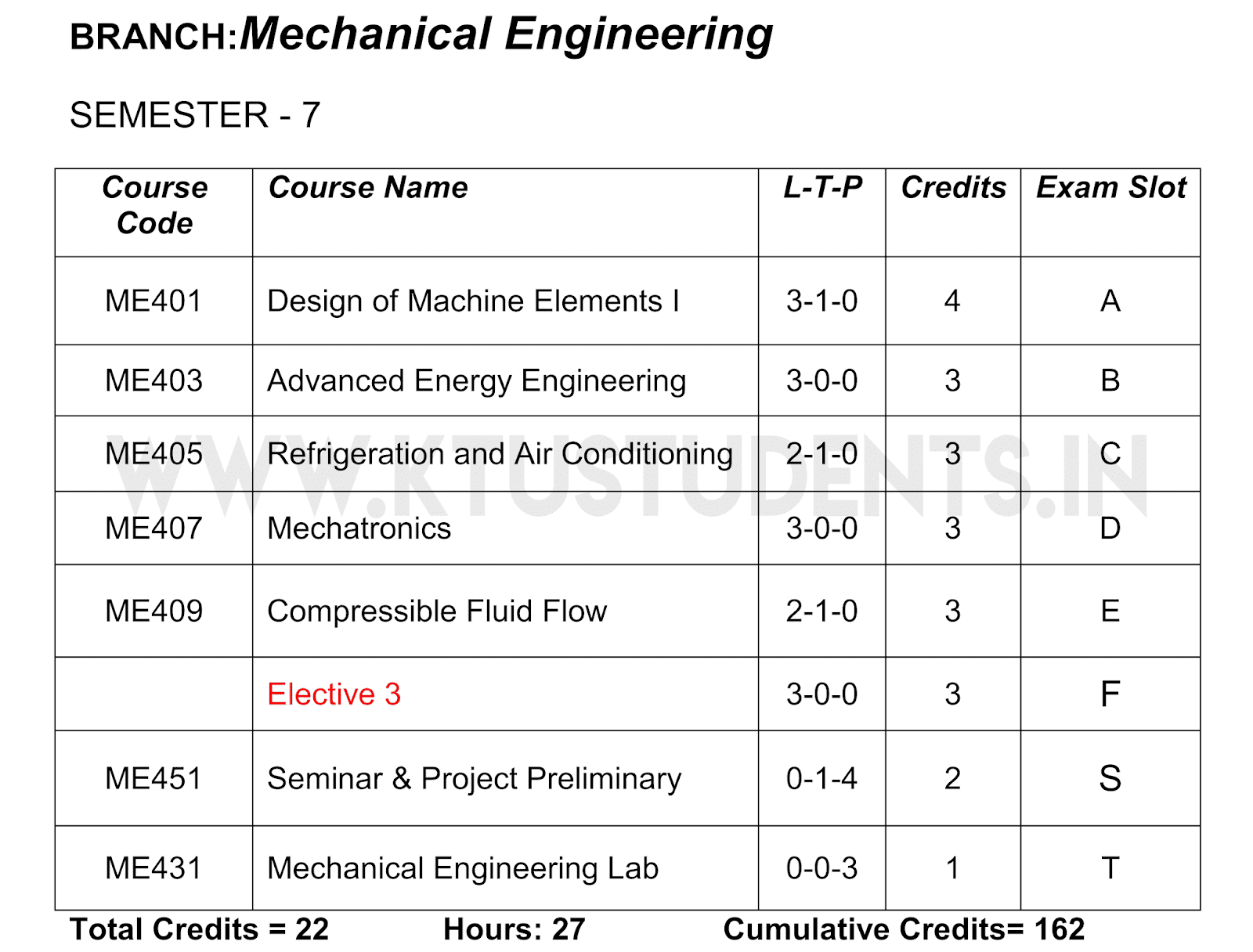Slot Analysis Seminar
- Slot Analysis Seminar Template
- Slot Analysis Seminar Definition
- Slot Analysis Seminar Software
- Slot Analysis Seminar App
- Slot Analysis Seminar Definition
This post was originally published on November 13, 2018, and updated most recently on July 26, 2020.
What is a personal SWOT Analysis? First things first — ‘SWOT’ is an acronym for Strengths, Weaknesses, Opportunities, and Threats. The SWOT Analysis began its life in the ‘70s as a planning tool for analyzing a professional project or business venture. Unchanged in its format, it’s still used today to help businesses focus their thoughts, analyze their progress, and strategically shape their decision-making.

SLOT analysis Gemma Stacey, Aimee Aubeeluck and Grace Cook (2018) Resilience-based Clinical Supervision: A Course Companion. Strengths What are the drivers for this change in your organisation? What can you contribute to moving this agenda forward? Limitations What are the potential challenges to implementation personally? Swot in nursing 1224 Words 5 Pages. SWOT SWOT is an acronym for -Strengths -Weaknesses -Opportunities -Threats A SWOT analysis -helps to improve personal and professional development -to understand yourself better -to decide which areas you need to develop and set goals for. With our solution, you will find immediate insights and opportunities via our comprehensive, easy-to-use, dashboard-style user interface. Instantly drill-down, graph results, and optimize your slot floor performance.We are hands-on with cleaning, appending, quality assurance, and meaningful analysis of your data.
- SWOT analysis is a technique for representing the current strategic position of a business, brand, product, service, person, event or organization. This involves listing strengths, weaknesses, opportunities and threats. A swot analysis can be performed for any competitive situation.
- The Slot Performance Analysis Workshop is designed specifically for gaming industry professionals. Our A to Z approach to the material benefits both seasoned professionals looking to broaden their skill.
But it’s more than just a business tool: a SWOT Analysis is a useful development exercise that can help you identify and evaluate your own personal goals.

How to use a personal SWOT Analysis
Thinking of a career change? Preparing for a job interview? Listing everything down in a SWOT diagram will clarify your thoughts and help shape your application or resume. It will also help you identify the unique strengths that distinguish you from your competitors.
Plus, it has the added bonus of being really easy to do, without the need for prior training. It’s simply four squares — two up, two down, labeled clearly. Just like the diagram below. You can whip it up by hand, or, if you want a more organized, professional look, use a diagramming tool (we offer multiple templates for it in Cacoo).
A word of warning…
Be aware that when creating a SWOT diagram, personal biases will shape your answers. Even if you’re asking a colleague about your strengths and weaknesses, they may have their own biases both for and against you. There’s also no obligation to verify any statements or claims, meaning you could theoretically claim anything.
Backing up statements with examples, or involving one or two external opinions, is a great way to help minimize this issue and create a rock-solid analysis.

How to start
Are you one of those people who hate talking about themselves? If not, then lucky you — you should find this a total breeze. But if you are, don’t fret; you’re not alone. There’s nothing scarier than a blank page, especially when you have the daunting task of talking about yourself.
Properly knowing your own strengths and weaknesses is no easy task, so don’t think you have to do this by yourself. Find a colleague you trust, book a quiet room, and ask them their opinion. Better still, if there are a couple of people you trust, get a second person’s opinion for a truly full picture.
Keep in mind: not everyone has the gift of the gab; some express themselves better through writing, so it’s a good idea to offer people the option to write down their thoughts via email, or over a messaging app. This gives your colleagues the opportunity to express themselves in a format they’re most comfortable with, which in turn gives you the added bonus of having more thoughtful, complete answers. Win!
Defining your SWOT challenges
Let’s begin your personal SWOT Analysis. First, separate your diagram into your four sections. Then, using all the information you’ve gathered, start writing out your strengths, weaknesses, opportunities, and threats.
Strengths
This is where you get to really show off. Remember to make it as personal as possible. What skillset can you bring to the company or role?
Even better, what makes you unique. For example, if you’re a designer, having a degree in art and design probably won’t set you apart, but having an award is pretty special.
Slot Analysis Seminar Template
- Think of everything you excel at, including specialist skills and knowledge that benefit the organization.
- List your professional skills and qualifications, including certifications.
- Recall your key achievements, including successful projects and campaigns.
- What other personal skills do you have? For example, are you calm under pressure? Are you a great leader? A patient listener? If you have examples to back these claims up, then all the better. And remember, these examples don’t necessarily need to be actions performed in the workplace. If you did something awesome like rescue a kitten from a tree, then don’t keep it to yourself!
- Do you have great industry contacts or leads? Write that down too.
Weaknesses
At first glance, this is the least fun part. After all, no one really likes to think about what they’re not good at, right? But it doesn’t have to be self-esteem-crushing exercise. It actually has the potential to be the most beneficial section of a personal SWOT Analysis, not to mention the most motivating.
The trick is to be as completely honest as possible. This doesn’t mean being unnecessarily hard on yourself; it just means being truthful. The goal here is self-improvement. For every weakness, think about a way in which you could overcome it.
- List all your professional bad habits. For example, do you struggle with group participation? Do you need to brush up on your public speaking? Or could your organization skills do with a little TLC? Remember, no one is good at everything, so don’t feel bad about listing three, four, five or ten areas for improvement. It just shows you have a good degree of self-awareness. Own it!
- Think about your professional qualifications, and where you want to go. Are there any skills you don’t have that if gained, would really strengthen your career?
Opportunities
Slot Analysis Seminar Definition
Now it’s time to think about external influences. Your list of opportunities could be personal or within the wider industry.
- Look at how the industry is developing. Are there influential people you think are worth keeping an eye on? Or perhaps there’s a new technology or service you think could benefit you or the business.
- Are there opportunities within the business that aren’t currently being exploited? For example, a more efficient way of running a project?
- Perhaps there’s a new job vacancy you think you’d be perfect for.
- Are there any training courses you think would make you stronger at your job? Refer back to your weaknesses section to inform your answers here.
Threats
For this final part of the SWOT Analysis, you’ll need to identify any external obstacles that are standing between you and your vision of success.
- Are any of your peers holding you back? Is there someone on the team who is making your job harder? How could you approach this problem constructively?
- Compare yourself to your peers. Are you being overshadowed by a more vocal or ambitious colleague? What can you do about it?
- Are there new processes or technologies pushing the industry forward, and your lack of training means you’re trailing behind? Think about how you can fix this.
Personal SWOT analysis examples
When you go to the SWOT template in Cacoo, it’ll look like this:
Fill it with as many personal points as you can think of to really create the full picture and get the most out of the exercise. When you’re done, your personal SWOT analysis might look a bit like this:
Final thoughts
A personal SWOT Analysis is a great way to organize, prioritize, and plan your personal development. It’s not without its limitations, and its simplistic format means further in-depth analysis may be required. But as a quick and easy no-training required development tool, it’s extremely helpful and definitely worth your time.
Simplify the process with an easy-to-use diagramming tool, and you’ll be achieving your greatest goals in no time.
Slot Analysis Seminar Software
SWOT is an acronym for Strengths, Weaknesses, Opportunities and Threats. By definition, Strengths (S) and Weaknesses (W) are considered to be internal factors over which you have some measure of control. Also, by definition, Opportunities (O) and Threats (T) are considered to be external factors over which you have essentially no control.
SWOT Analysis is the most renowned tool for audit and analysis of the overall strategic position of the business and its environment. Its key purpose is to identify the strategies that will create a firm specific business model that will best align an organization’s resources and capabilities to the requirements of the environment in which the firm operates.
In other words, it is the foundation for evaluating the internal potential and limitations and the probable/likely opportunities and threats from the external environment. It views all positive and negative factors inside and outside the firm that affect the success. A consistent study of the environment in which the firm operates helps in forecasting/predicting the changing trends and also helps in including them in the decision-making process of the organization.
An overview of the four factors (Strengths, Weaknesses, Opportunities and Threats) is given below-
- Strengths - Strengths are the qualities that enable us to accomplish the organization’s mission. These are the basis on which continued success can be made and continued/sustained.
Strengths can be either tangible or intangible. These are what you are well-versed in or what you have expertise in, the traits and qualities your employees possess (individually and as a team) and the distinct features that give your organization its consistency.
Strengths are the beneficial aspects of the organization or the capabilities of an organization, which includes human competencies, process capabilities, financial resources, products and services, customer goodwill and brand loyalty. Examples of organizational strengths are huge financial resources, broad product line, no debt, committed employees, etc.
- Weaknesses - Weaknesses are the qualities that prevent us from accomplishing our mission and achieving our full potential. These weaknesses deteriorate influences on the organizational success and growth. Weaknesses are the factors which do not meet the standards we feel they should meet.
Weaknesses in an organization may be depreciating machinery, insufficient research and development facilities, narrow product range, poor decision-making, etc. Weaknesses are controllable. They must be minimized and eliminated. For instance - to overcome obsolete machinery, new machinery can be purchased. Other examples of organizational weaknesses are huge debts, high employee turnover, complex decision making process, narrow product range, large wastage of raw materials, etc.
- Opportunities - Opportunities are presented by the environment within which our organization operates. These arise when an organization can take benefit of conditions in its environment to plan and execute strategies that enable it to become more profitable. Organizations can gain competitive advantage by making use of opportunities.
Organization should be careful and recognize the opportunities and grasp them whenever they arise. Selecting the targets that will best serve the clients while getting desired results is a difficult task. Opportunities may arise from market, competition, industry/government and technology. Increasing demand for telecommunications accompanied by deregulation is a great opportunity for new firms to enter telecom sector and compete with existing firms for revenue.
- Threats - Threats arise when conditions in external environment jeopardize the reliability and profitability of the organization’s business. They compound the vulnerability when they relate to the weaknesses. Threats are uncontrollable. When a threat comes, the stability and survival can be at stake. Examples of threats are - unrest among employees; ever changing technology; increasing competition leading to excess capacity, price wars and reducing industry profits; etc.
Advantages of SWOT Analysis
SWOT Analysis is instrumental in strategy formulation and selection. It is a strong tool, but it involves a great subjective element. It is best when used as a guide, and not as a prescription. Successful businesses build on their strengths, correct their weakness and protect against internal weaknesses and external threats. They also keep a watch on their overall business environment and recognize and exploit new opportunities faster than its competitors.
SWOT Analysis helps in strategic planning in following manner-
- It is a source of information for strategic planning.
- Builds organization’s strengths.
- Reverse its weaknesses.
- Maximize its response to opportunities.
- Overcome organization’s threats.
- It helps in identifying core competencies of the firm.
- It helps in setting of objectives for strategic planning.
- It helps in knowing past, present and future so that by using past and current data, future plans can be chalked out.
SWOT Analysis provide information that helps in synchronizing the firm’s resources and capabilities with the competitive environment in which the firm operates.
Limitations of SWOT Analysis
SWOT Analysis is not free from its limitations. It may cause organizations to view circumstances as very simple because of which the organizations might overlook certain key strategic contact which may occur. Moreover, categorizing aspects as strengths, weaknesses, opportunities and threats might be very subjective as there is great degree of uncertainty in market. SWOT Analysis does stress upon the significance of these four aspects, but it does not tell how an organization can identify these aspects for itself.
There are certain limitations of SWOT Analysis which are not in control of management. These include-
- Price increase;
- Inputs/raw materials;
- Government legislation;
- Economic environment;
- Searching a new market for the product which is not having overseas market due to import restrictions; etc.
Slot Analysis Seminar App
- Insufficient research and development facilities;
- Faulty products due to poor quality control;
- Poor industrial relations;
- Lack of skilled and efficient labour; etc
Slot Analysis Seminar Definition
| ❮ Previous Article | Next Article ❯ |
Authorship/Referencing - About the Author(s)
